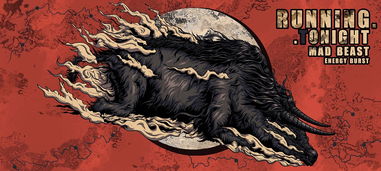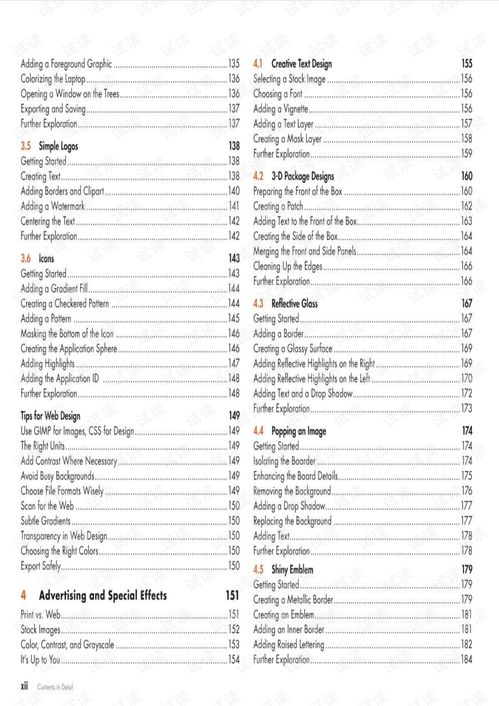Content:
Embarking on the journey of fishing can be an exhilarating experience, filled with the promise of tranquility, nature's beauty, and the thrill of the catch. However, for those new to the art of angling, the process of baiting can seem like a daunting task. Worry not, for we are here to guide you through the essential techniques that will help you become a proficient baiter. In this article, we'll delve into the nuances of choosing the right bait, understanding the importance of presentation, and mastering the art of hooking to ensure that your fishing endeavors are both successful and enjoyable.
Understanding the Basics of Baiting
Before you can effectively hang your bait, it's crucial to understand the basics. Bait serves two primary purposes: to attract fish and to provide sustenance. Here's a breakdown of the key elements to consider:
Know Your Target Fish: Different species of fish are attracted to different types of bait. Research the species you're targeting to determine the most effective bait options. For instance, catfish are often lured by stink bait, while bass prefer live bait like worms or minnows.
Choose the Right Bait: There are two main types of bait: natural and artificial. Natural bait includes live fish, insects, and worms, while artificial bait consists of lures, jigs, and artificial flies. Consider the habitat of the fish you're targeting and the type of water you're fishing in when selecting your bait.
Consider the Environment: The environment in which you're fishing plays a significant role in bait selection. For instance, if you're fishing in a clear, still water, you may want to use a smaller, more subtle bait to avoid spooking the fish. Conversely, in murky waters, a larger, more visible bait might be more effective.
The Importance of Bait Presentation
Once you've chosen your bait, the next step is to present it effectively. Here are some tips to help you do just that:

Hook Selection: The right hook can make a world of difference. Ensure that the hook size is appropriate for your bait and the fish you're targeting. Larger hooks are better for larger baits, while smaller hooks are suitable for more delicate offerings.
Hooking Technique: The way you hook your bait can affect the fish's ability to eat it. For live bait, such as worms or minnows, hooking through the mouth or near the tail can be effective. For artificial baits, ensure that the hook is properly attached and that the bait moves naturally in the water.
Natural Movement: Fish are more likely to bite if they perceive the bait as a live, moving creature. Experiment with different retrieve techniques to mimic the natural movement of your bait. For example, a slow, steady retrieve can be effective for worms, while a more erratic, twitching motion can work well with lures.
Mastering the Art of Hooking
Hooking your bait correctly is a skill that takes practice. Here are some tips to help you improve your hooking technique:
Practice Makes Perfect: Spend some time practicing your hooking technique on a piece of bait before you head out to the water. This will help you get a feel for how to hook your bait without damaging it.
Hook Set: Once you've hooked your bait, it's important to set the hook properly. This ensures that the fish will have a difficult time removing the hook. For live bait, a gentle pull can be effective, while for artificial baits, a firm, steady pull is usually required.
Patience is Key: Remember that patience is crucial when fishing. Give the fish time to investigate the bait before you set the hook. Rushing the process can lead to missed opportunities or losing your bait.
Additional Tips for Beginners
- Start Simple: As a beginner, it's best to start with basic baits and techniques. Once you're more comfortable, you can experiment with different baits and advanced techniques.
- Safety First: Always prioritize safety when fishing. Wear appropriate clothing, use sunscreen, and be aware of your surroundings to avoid accidents.
- Stay Informed: Keep up with local fishing regulations and conditions. This will help you choose the right bait and ensure that your fishing trip is both legal and enjoyable.
In conclusion, mastering the art of baiting is a fundamental skill for any angler. By understanding the basics, focusing on presentation, and refining your hooking technique, you'll be well on your way to becoming a proficient baiter. Remember, fishing is a journey of continuous learning and improvement. So, don't be afraid to experiment and learn from each experience. Happy fishing!












